While most of Dresden’s main attractions can be found in Altstadt, the historic heart of the city, there’s also quite a few interesting sights in Neustadt, a district on the opposite side of the Elbe river.
AltenDresden
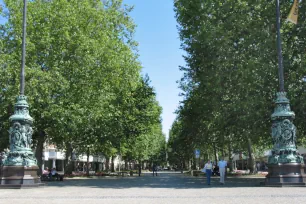
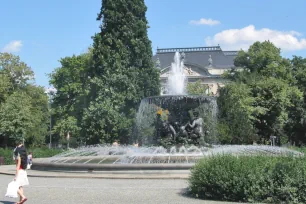
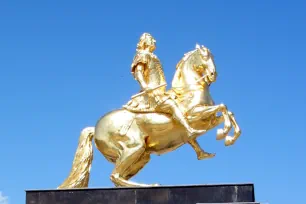
In the fourteenth century, the city of Dresden occupied only the left bank of the Elbe river. Across the river, a small settlement grew into a town known as AltenDresden, which became a city in its own right in 1403. Moritz von Sachsen, elector of Saxony, merged the two cities and AltenDresden became a district of Dresden.
In 1685, a large fire destroyed almost all of Altendresden. Since its reconstruction during the eighteenth century, the area has been renamed Neustadt (New City).
The oldest section, inside the former city walls, is now known as the Innere Neustadt (Inner New City), while the neighborhood outside the former city walls is known as Äußere Neustadt (Outer New City).
The Innere Neustadt has a very cohesive Baroque architecture, attributed to the strict regulations that were imposed during the reign of Augustus the Strong. The streets here are wider than in Altstadt, and radiate from Albertplatz – the district’s central square – towards the river.
Sights
The easiest way to reach Neustadt from Altstadt is via the Augustusbridge which leads straight to the most conspicuous monument in all of Neustadt: the Goldener Reiter (Golden Rider), a gilded equestrian statue of Augustus the Strong, elector of Saxony from 1694 until 1733. The statue was unveiled in 1734, a year after the famous Saxon ruler’s death.
The Golden Rider marks the beginning of the Hauptstraße, the district’s central avenue. The leafy pedestrianized street is lined with some colorful Baroque houses and is adorned with several statues.
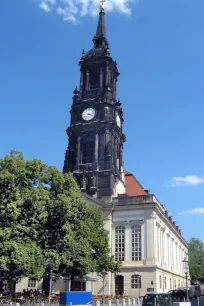
The Hauptstraße ends at Albertplatz, a large square embellished with two central fountains, known as Still Waters and Troubled Waters. Another, neoclassical fountain – the Artesischer Brunnen – can be found at the north end of the square.
The most prestigious street in Neustadt is the tree-lined Königsstraße, which leads from Albertplatz back towards the Elbe River.
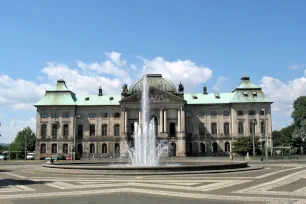
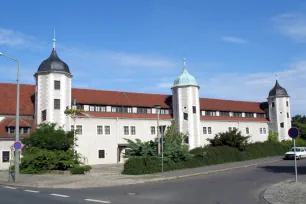
Between the Hauptstraße and the Königsstraße stands the Dreikönigskirche (Church of the Three Magi), originally built in the fifteenth century and rebuilt in the late 1980s after it was destroyed during the Second World War.
The Konigsstraße ends at the Palaisplatz (Palace Square), which is bordered by the imposing Japanisches Palais (Japanese Palace). The palace, built between 1715 and 1717 was acquired by Augustus the Strong, who ordered a significant expansion, which started in 1729. When the expansion was finally completed in 1739, Augustus the Strong had long passed away and his plan to display a porcelain collection here was abandoned. The allied bombing raid of 1943 reduced the palace to rubble. Since its reconstruction after the war, the palace has housed a number of museums.
To the east of the Japanisches Palais, past the Golden Rider, stands the Jägerhof, the oldest building in Neustadt. The Renaissance building was constructed from 1568 to 1613. Only one of its four original wings survived; it is now home to the Museum of Saxon Folk Art.
- Next: New Town Hall
- More Sights & Attractions in Dresden

